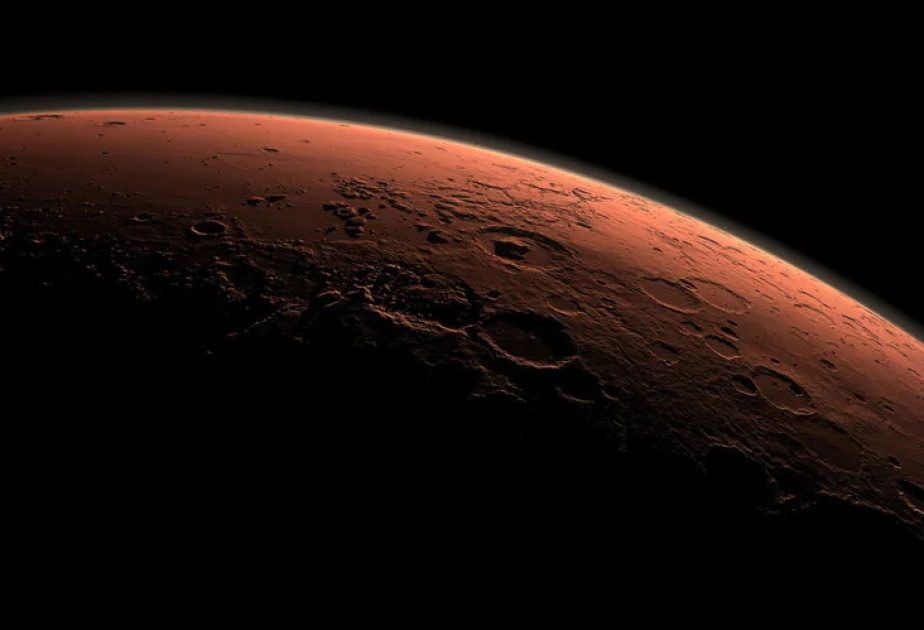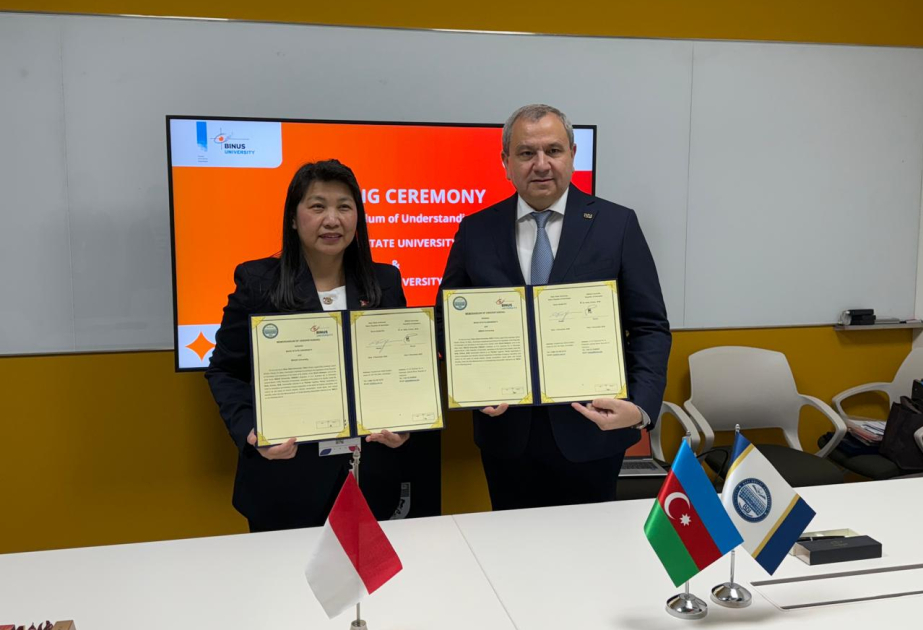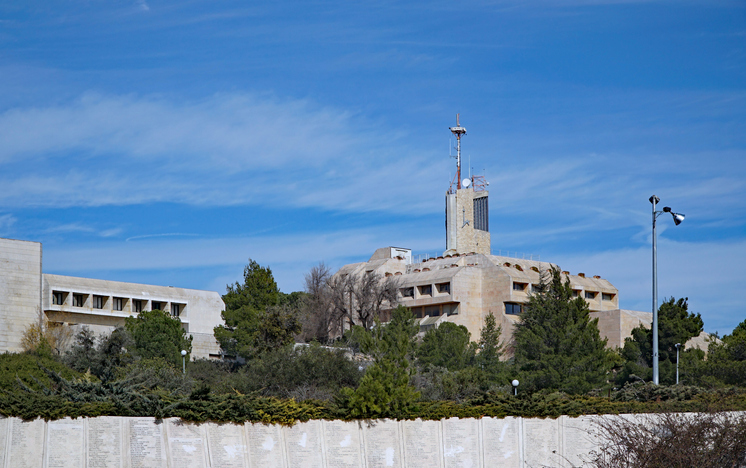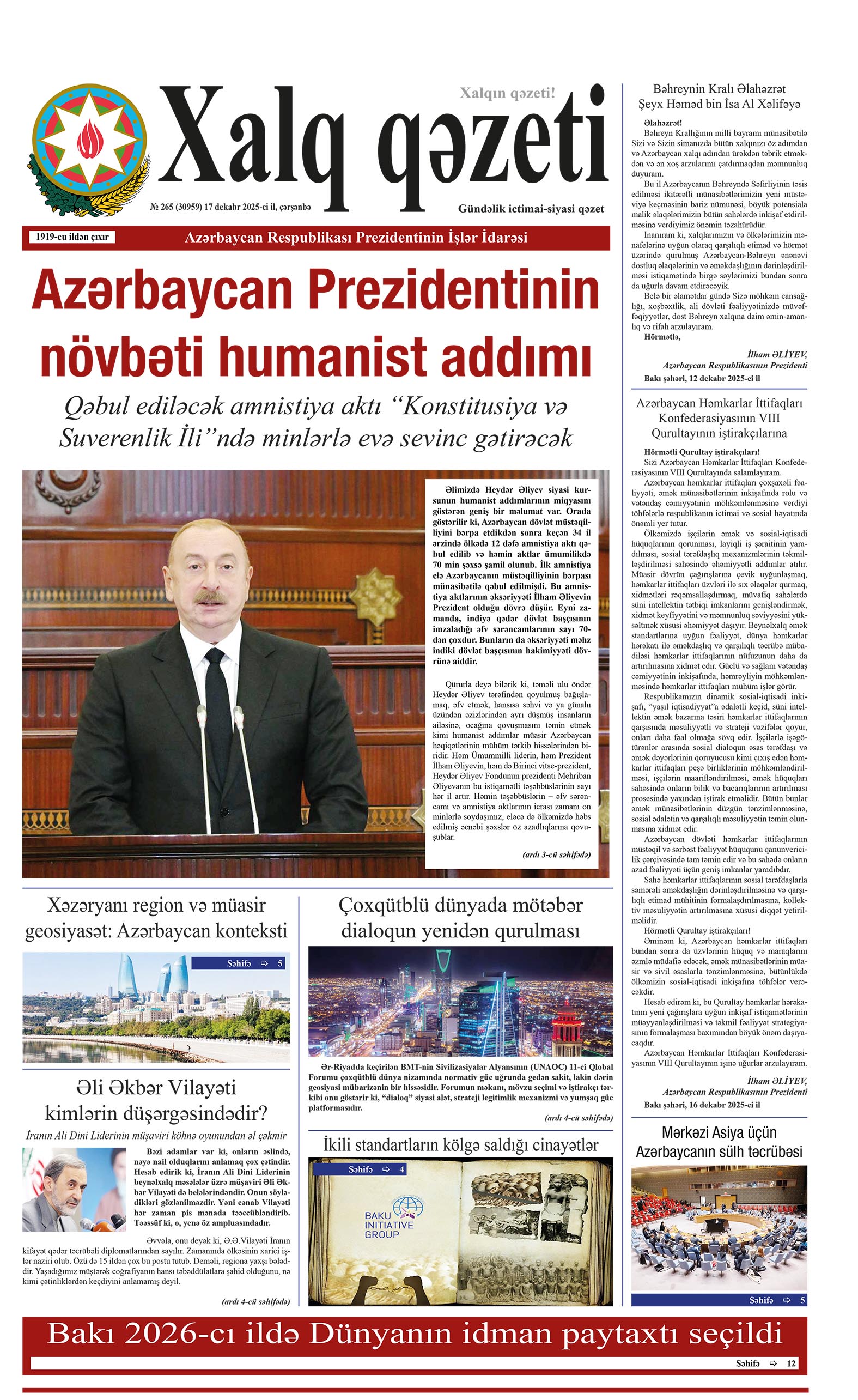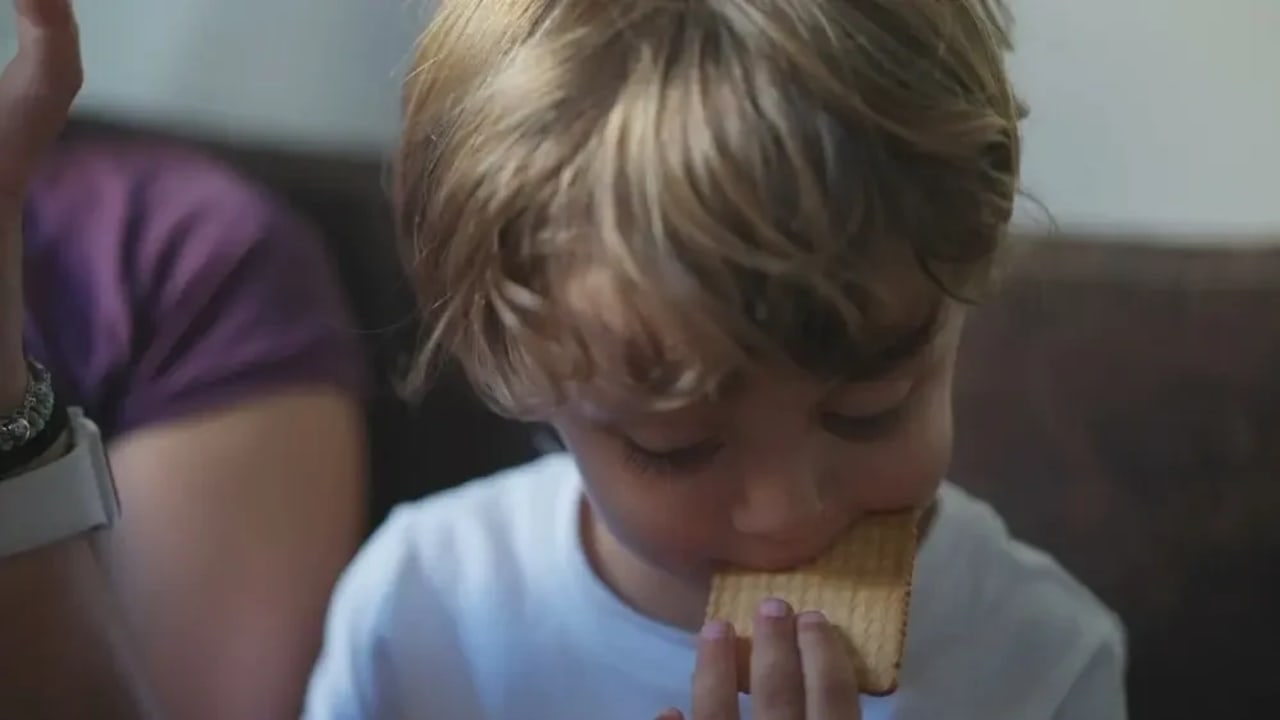Researchers have discovered potentially the oldest evidence of hot water activity on Mars through the analysis of a 4.45 billion-year-old zircon grain from the Martian meteorite known as Black Beauty, according to SciTechDaily.
This finding suggests early Mars may have been habitable, supported by geochemical markers of water-rich fluids and elemental evidence of hydrothermal systems.
Unveiling Ancient Water Activity on Mars
Researchers from Curtin University have discovered what could be the oldest direct evidence of ancient hot water activity on Mars, suggesting that the planet may have been habitable at some point in its past.
The team studied a 4.45 billion-year-old zircon grain from the Martian meteorite NWA7034, also known as Black Beauty. Their analysis revealed geochemical “fingerprints” of water-rich fluids within the grain.
Insights from Geochemical Fingerprints
Dr. Aaron Cavosie, a co-author from Curtin’s School of Earth and Planetary Sciences, explained that this finding sheds new light on ancient Martian hydrothermal systems linked to volcanic activity and provides critical insights into the planet’s early potential for habitability.
“We used nano-scale geochemistry to detect elemental evidence of hot water on Mars 4.45 billion years ago,” Dr. Cavosie said.
Elemental Clues in Martian Zircon
“Hydrothermal systems were essential for the development of life on Earth and our findings suggest Mars also had water, a key ingredient for habitable environments, during the earliest history of crust formation.”
“Through nano-scale imaging and spectroscopy, the team identified element patterns in this unique zircon, including iron, aluminum, yttrium, and sodium. These elements were added as the zircon formed 4.45 billion years ago, suggesting water was present during early Martian magmatic activity.”
Implications of Water in Martian History
Dr. Cavosie said the research showed that even though Mars’ crust endured massive meteorite impacts that caused major surface upheaval, water was present during the early Pre-Noachian period, prior to about 4.1 billion years ago.
“A 2022 Curtin study of the same zircon grain found it had been ‘shocked’ by a meteorite impact, marking it as the first and only known shocked zircon from Mars,” Dr. Cavosie said.
“This new study takes us a step further in understanding early Mars, by way of identifying tell-tale signs of water-rich fluids from when the grain formed, providing geochemical markers of water in the oldest known Martian crust.”
Lead author Dr. Jack Gillespie from the University of Lausanne was a Postdoctoral Research Associate at Curtin’s School of Earth and Planetary Sciences at the time of the study, which was co-authored by researchers from Curtin’s Space Science and Technology Centre, the John de Laeter Centre and the University of Adelaide, with funding from the Australian Research Council, Curtin University, University of Adelaide and the Swiss National Science Foundation.


